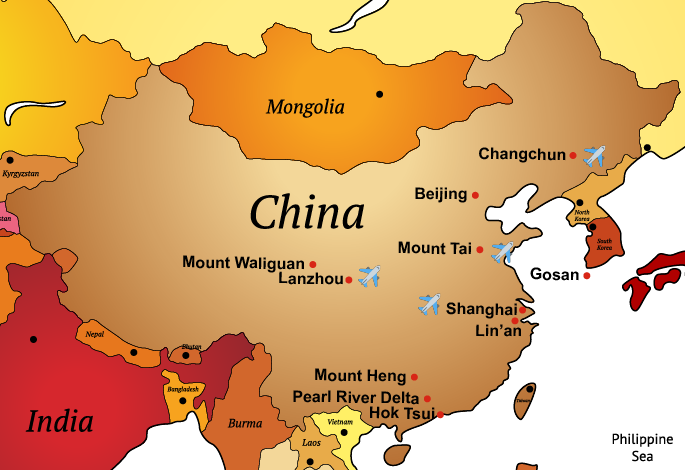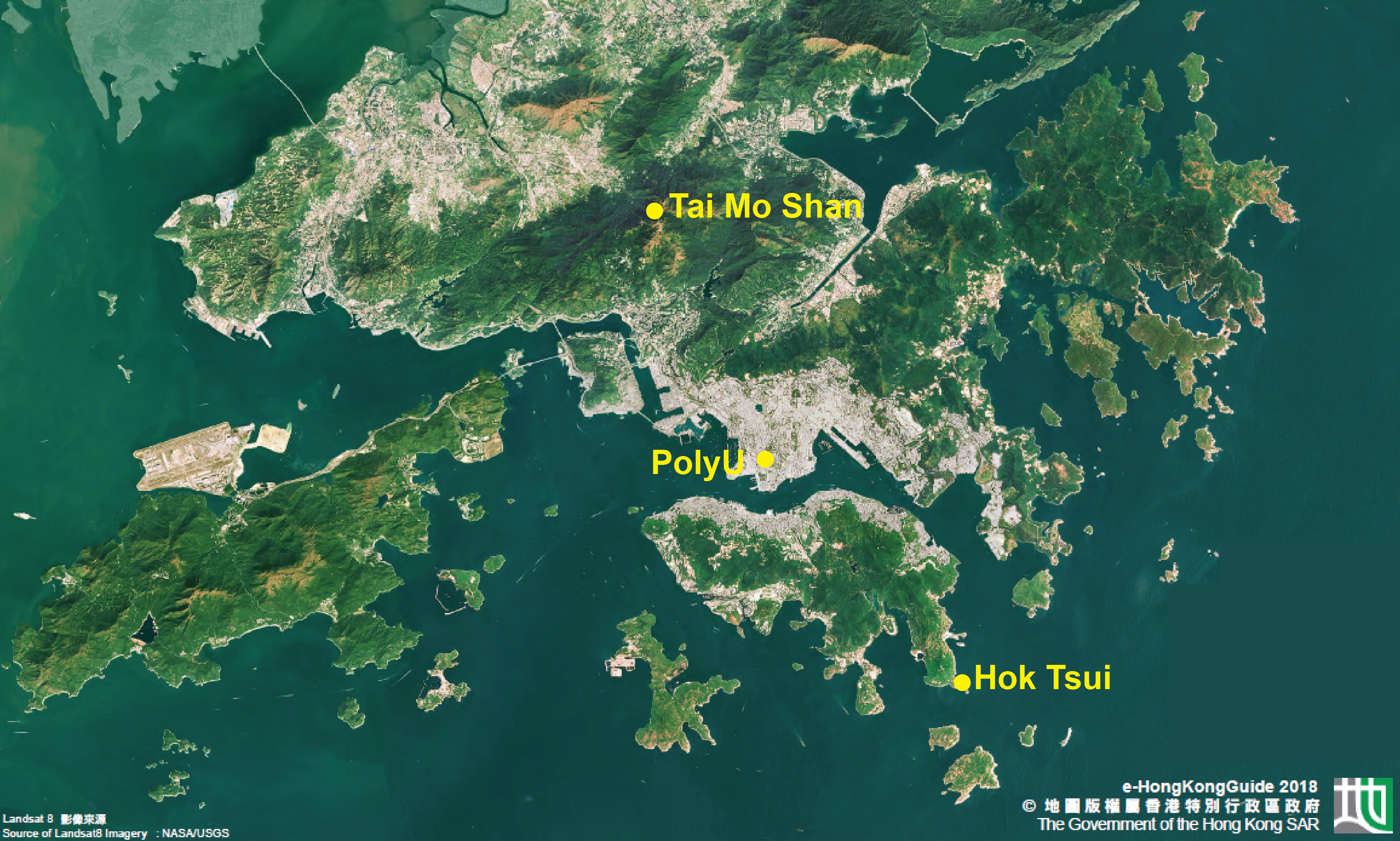Overview of Research
Industrialization and urbanization leads to large emissions of trace gases and particulates into the atmosphere. Understanding their impacts on air quality, the oxidizing capacity and the radiative budget of the atmosphere is the focus of international atmospheric chemistry and climate research. Asia is a particularly important and unique region in view of its phenomenal economic growth in the past 30 years resulting in a sharp increase in energy consumption and serious atmospheric pollution problems such as photochemical ozone, regional haze, and acid deposition.
The overall objective of our research is to understand the levels, sources, and atmospheric processes, and impact of air pollution and to support the development of control policies. We measure trace gases and aerosols using surface, mountain-top, and aircraft platforms in many geographical settings with different environmental conditions. We use satellite remote sensed data and meteorological and chemical models to help interpret the data.
Since 1995, we have studied air pollution in Hong Kong, the Pearl River delta, the Yangtze River delta, the North China plain (including Beijing) - the three economically most important regions in China. We also investigated atmospheric chemistry in maritime regions of the South China Sea and the western Pacific, and the inland Qinghai-Tibet Plateau (see figure below). The high-quality data on atmospheric composition are invaluable for understanding the phenomenal economic development in the past 20 years in China on the atmospheric environment (e.g., ozone pollution and trend in eastern China). Through analysis of the data, we gain understanding of unique sources, chemical and dynamical processes in China’s atmosphere.
Since 2010, our research focus have been on the heterogeneous chemistry/sources of nitrogen compounds (nitrous acid and uptake of dinitrogen pentoxide) and their roles in photochemical pollution and haze using lab, field and modeling techniques.
Major research efforts and findings since 1995 are summarized in the following links:
By topics:
(1) Long-term trend of tropospheric ozone
(2) Probing ozone pollution, precursors, and processes in different regions of China
(3) Chemistry and dynamics of tropospheric ozone in the background atmosphere of the Qinghai-Tibet Highland
(4) Aerosol, cloud composition and in-cloud reactions
(5) Fundamental studies of ‘new’ nitrogen chemistry (ongoing, CRF and NSFC)
(6) Measurement techniques
By different field sites:
(1) In China: (including Aircraft Study in China; Beijing, Shanghai and Lanzhou; Lin’an in the Yangtze Delta Region; Peal River Delta; Mount Heng; Mount Tai; Mount Waliguan in Western China; Hok Tusi in Hong Kong; Tai Mo Shan in Hong Kong; The Campus of Hong Kong Polytechnic University)
(2) In Korea : Gosan on Jeju Island of Korea


|



